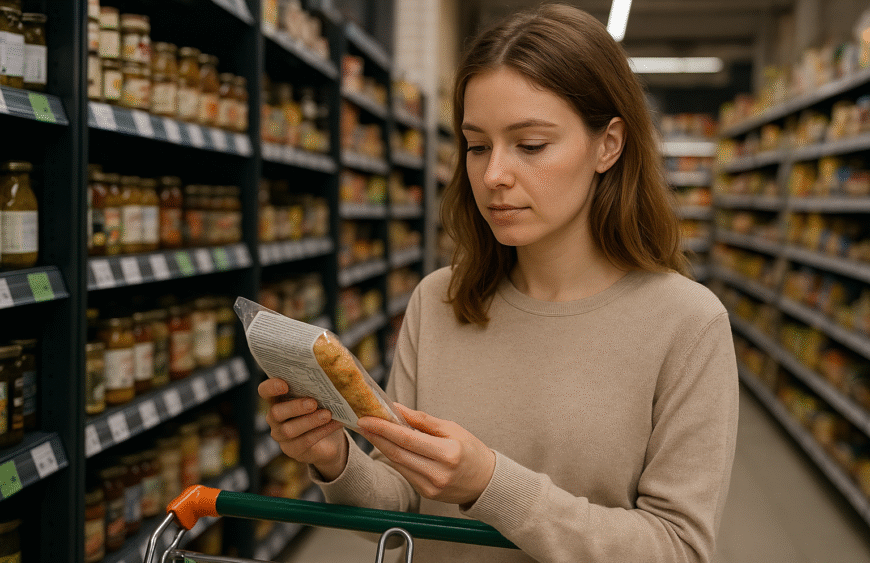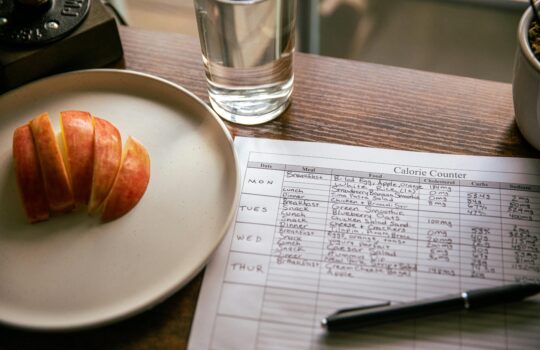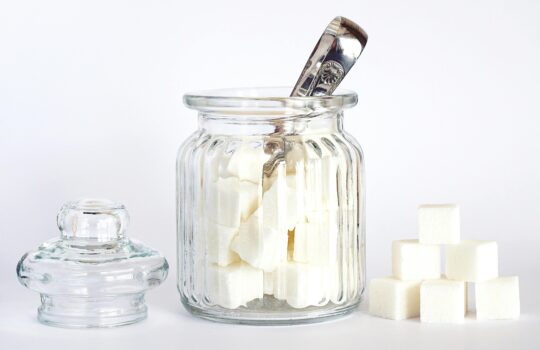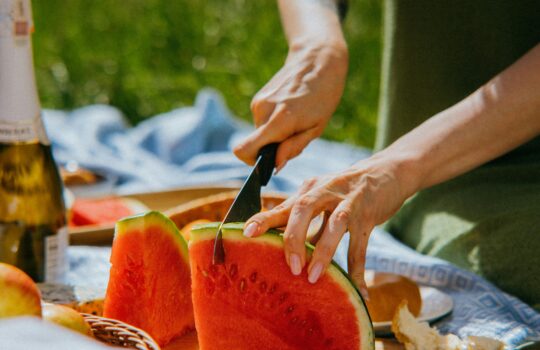How to Read Ingredient Labels Like a Pro
Learn how to spot hidden sugars, harmful additives, and choose truly healthy foods.
In a world full of “healthy-looking” packaging, learning how to read ingredient labels is one of the most powerful skills you can have. It helps you make smarter food choices, avoid sneaky marketing tricks, and protect your long-term health.
Whether you're trying to eat clean, lose weight, or just avoid processed junk, this guide will teach you how to decode food labels like a nutrition detective 🕵️♀️
✅ Why Ingredient Labels Matter More Than the Front
Don’t let pretty packaging fool you. Brands know exactly how to use words like:
“Natural”
“Low-fat”
“Sugar-free”
“Gluten-free”
“Keto-friendly”
But none of these mean the product is truly healthy.
👉 The real truth is on the back of the package — in the ingredients list and nutrition facts.
🧾 Step-by-Step: How to Read an Ingredient Label
1️⃣ Look at the Ingredients List First (Not Calories)
Before looking at calories or carbs, go straight to the ingredients list. This tells you what the product is really made of.
Rules of thumb:
Ingredients are listed in order of quantity: the first = most used.
If sugar or syrup is in the top 3, think twice.
If the list is super long or full of hard-to-pronounce words, it’s probably heavily processed.
🛑 Red flag words:
High-fructose corn syrup, hydrogenated oils, artificial flavors, sodium nitrate, etc.
2️⃣ Watch for Hidden Sugars
Sugar wears many disguises. Brands use different names to hide how much they’re really adding.
Common names for sugar:
Cane juice, brown rice syrup, agave nectar
Dextrose, maltodextrin, fructose, glucose
Corn syrup, molasses, fruit juice concentrate
👉 If you see more than one sugar type, that’s a sign the product is sugar-loaded.
📌 Pro tip: The fewer sweeteners you see, the better.
3️⃣ Count the Number of Ingredients
Fewer ingredients usually = less processed.
Quick test:
5 ingredients or less? ✅ Probably whole and clean
15+ weird ingredients? ❌ Likely ultra-processed
4️⃣ Watch Out for Additives & Preservatives
These are often used to extend shelf life or enhance flavor, but some may have health concerns over time.
Common ones to be aware of:
MSG (monosodium glutamate) – flavor enhancer
BHT/BHA – preservatives in cereals and snacks
Artificial food dyes – linked to hyperactivity in kids
Carrageenan – used in plant milks & deli meats, may cause gut issues
🧠 Some additives are harmless — but if you're trying to eat clean, avoid the unnecessary ones.
5️⃣ Understand “Natural Flavors”
This term sounds healthy, but it’s vague. “Natural flavors” can include dozens of compounds, not always better than artificial ones.
✅ Best choice? Products with real spices, herbs, or actual food-based flavoring.
6️⃣ Don’t Be Fooled by Serving Size Tricks
Some labels show low sugar or fat — but for a tiny serving size.
Example: A granola bar that says 5g sugar per serving… but the whole bar is 2.5 servings = 12.5g sugar total.
👉 Always do the math for the actual amount you eat.
🟢 What to Look For in a Healthy Product
When you pick up a packaged food, here’s what you do want to see:
✅ Short ingredient list
✅ Whole food ingredients: oats, lentils, spices, nuts, etc.
✅ No added sugar or only natural sweeteners (like dates, stevia)
✅ No hydrogenated oils or artificial flavors
✅ Names you recognize and can pronounce
🧠 Bonus: Quick Label Decoder (Save or Screenshot!)
| If you see... | What it might mean |
|---|---|
| “Low-fat” | Might be high in sugar or additives |
| “Sugar-free” | Contains artificial sweeteners |
| “Natural” | Not regulated — could mean nothing |
| “Multigrain” | Doesn’t mean whole grain |
| “Fruit flavored” | Often no real fruit included |
📦 Practice Makes You Smarter
Reading labels might feel overwhelming at first — but within a few weeks, you’ll:
Shop faster
Choose better products
Feel more confident in your choices
It’s not about perfection — it’s about awareness. And the more you know, the healthier you’ll eat without overthinking it.
✅ Final Thoughts
Knowing how to read ingredient labels gives you real control over your health — not marketing hype. Next time you're grocery shopping, flip the box, scan the list, and make your choice like a pro 💪
👀 Want a printable cheat sheet with sneaky ingredient names to avoid?
Let me know and I’ll prepare it for the Downloadables section!






